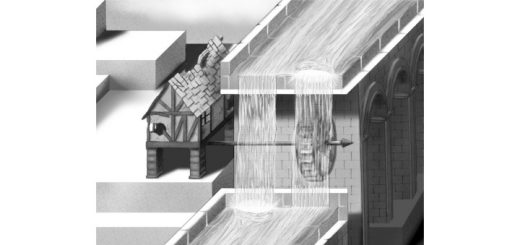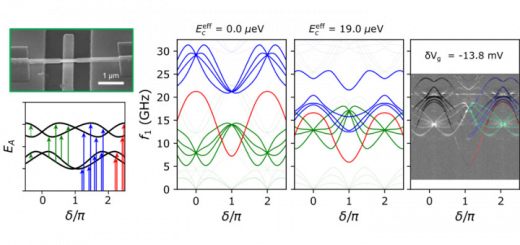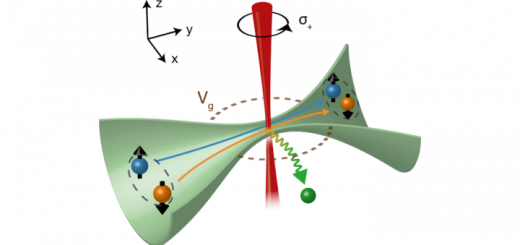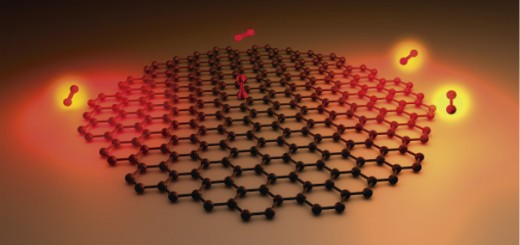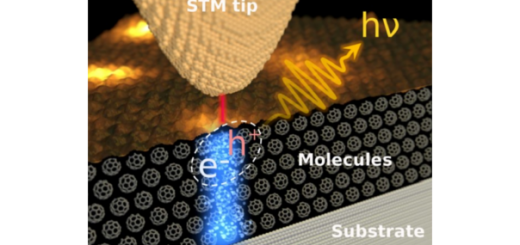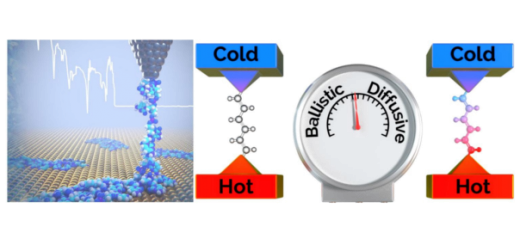Continuous Mott transition between a Fermi-liquid and a gapless spin-liquid
 Wednesday, 9th January 2013. 12:00-13:00
Wednesday, 9th January 2013. 12:00-13:00
Iván González
(Centro de Supercomputación de Galicia, Santiago de Compostela)
ABSTRACT:
Strongly correlated electron systems can have insulating phases caused by correlation effects associated to the interactions between electrons (Mott insulators), in addition to the insulating phases caused by the interactions between the electrons and the lattice (band insulators.) The transition between metallic and Mott insulating phases is called the Mott transition. Despite decades of work, Mott transitions in two- and three-dimensional systems are poorly understood. In the last 30 years, its interest become even more apparent with the discovery of many of technological relevant compounds, such as high-temperature superconducting cuprates or colossal magnetoresistance manganites, obtained by doping Mott insulators.
The Mott transition depends on the nature of the insulating states obtained right after the transition. A common case is a transition to a Mott insulator with a long-range ordered phase, such as an antiferromagnet. An exciting scenario is a transition to a Mott insulator without any type of long-range order, i.e. a quantum spin liquid phase. Research following this possibility has been fueled by recent experiments that found such spin liquid phases to exist [1], precisely with a Mott transition to the spin liquid phase [2], as in the two-dimensional organic salt κ-(ET)2Cu2(CN)3.
An important question in characterizing phase transitions is the order of the transition. In most materials Mott transitions are first order. However if there are strong fluctuations impeding the electron localization, one could have a second order, i.e. continuous, Mott transition. Theoretical work showed that this is indeed possible, and that the continuous phase transition implies the existence of a “critical Fermi surface” at the quantum critical point [3]. The existence of this critical Fermi surface has dramatic consequences for thermodynamics and transport, causing the apperance of non-Fermi liquid behaviour at finite temperatures above the critical point.
In the first part of my talk I will briefly review the theory of a continuous Mott transition, making a connnection with the experiments on organic salts and showing how non-Fermi liquid behavior arises at finite temperature. In the second part of my talk I will introduce a microscopic model for the electronic system of the organic material κ-(ET)2Cu2(CN)3, and then calculate its phase diagram at zero temperature using numerical techniques. Our results show the existence of a second order phase transition for a relevant range of parameters, confirming previous theoretical work. Specifically, the model shows a second order Mott transition between a Fermi liquid and gapless spin liquid with a spinon Fermi surface [4].
[1] Y. Shimizu et al., Phys. Rev. Lett. 91, 107001 (2003).
[2] Y. Kurosaki et al., Phys. Rev. Lett. 95, 177001 (2005).
[3] T. Senthil, Phys. Rev. B 78, 045109 (2008).
[4] O. Motrunich, Phys. Rev. B 72, 045105 (2005).









